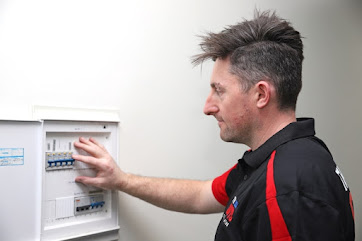Fire Extinguishers: Uses and Applications
Since the Middle Ages, when flames were put out using'squirts,' which operated on a principle akin to a bicycle pump, we've come a long way.
The "Extincteur," the first portable pressurised fire extinguisher created by George William Manby in the early nineteenth century, is where modern extinguishers got their start. This apparatus was a copper vessel containing a solution of pearl ash (potassium carbonate) in three gallons (13.6 litres) of compressed air.

Fire extinguishers are widely available today. Fire extinguishers are required by law or insurance requirements in public buildings, offices, retail establishments, and educational institutions. Many of us have them in our homes as well, giving us the peace of mind that we would be ready if the worst were to occur.
Commercial properties
Depending on the setting, several types of fire extinguishers will be used. The welcome room in a commercial building might be the first area to take into account. It is probably equipped with a number of equipment and furniture that contain a variety of flammable materials and is frequently one of the busiest areas of a building. It should be noted that given the number of individuals that will likely be passing through the area, there may be some unskilled extinguisher use.
It is advised to use a CO2 extinguisher and a water extinguisher with additives in the reception area. CO2 fire extinguishers include an environmentally benign substance, are efficient at putting out electrical equipment-related flames, and do not leave any residue after use. However, a water extinguisher is more successful in putting out flames caused by furniture and other solid materials like wood, foam, carpet, and paper than a CO2 extinguisher is. A 35kV electrical test certificate ensures that, should a user unintentionally spray an electrical item, there is no risk of being electrocuted. A water extinguisher with additives should not be used on electrical fires.
These water mist extinguishers are a popular option for kitchens because they can be used to put out fires caused by deep-fat fryers as well. Traditionally, wet chemical extinguishers have been used in kitchens; however, water mist appliances don't use chemicals, so if they are activated, no food in the area will be contaminated.
experts in extinguishing
Metal fires that are combustible can get as hot as 4700°C. Class D powder fire extinguishers were developed because conventional extinguishers cannot handle these incredibly high temperatures. Using a low velocity applicator, the specialised powder is administered to the fire's source. The powder melts into a glassy surface that both draws heat away from the fire and stops oxygen from igniting it.
Automatic extinguishers can be installed in unmanned, fire-prone places including storage facilities, computer rooms, engine rooms, and engine compartments. These can be found in powder and gas (halon) versions and are activated when the temperature reaches a specific point.
For More Info :-
fire extinguisher testing cost
fire extinguisher testing australian standards
Source URL :- https://sites.google.com/view/fire-extinguisher-test-12/home
Visit Our Social Link :-
https://www.facebook.com/thelocalguystestandtag

Comments
Post a Comment